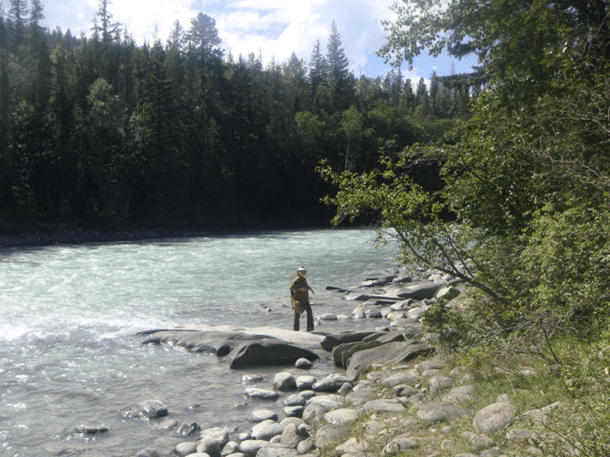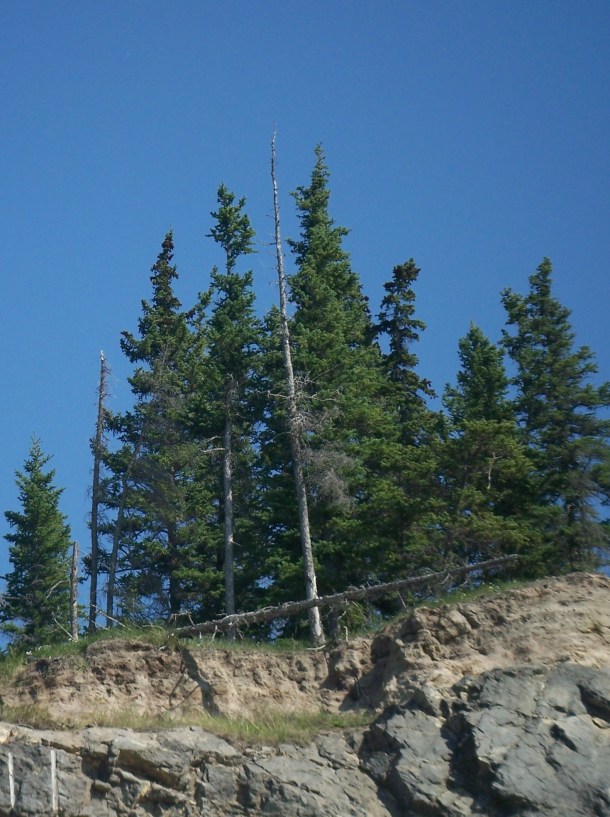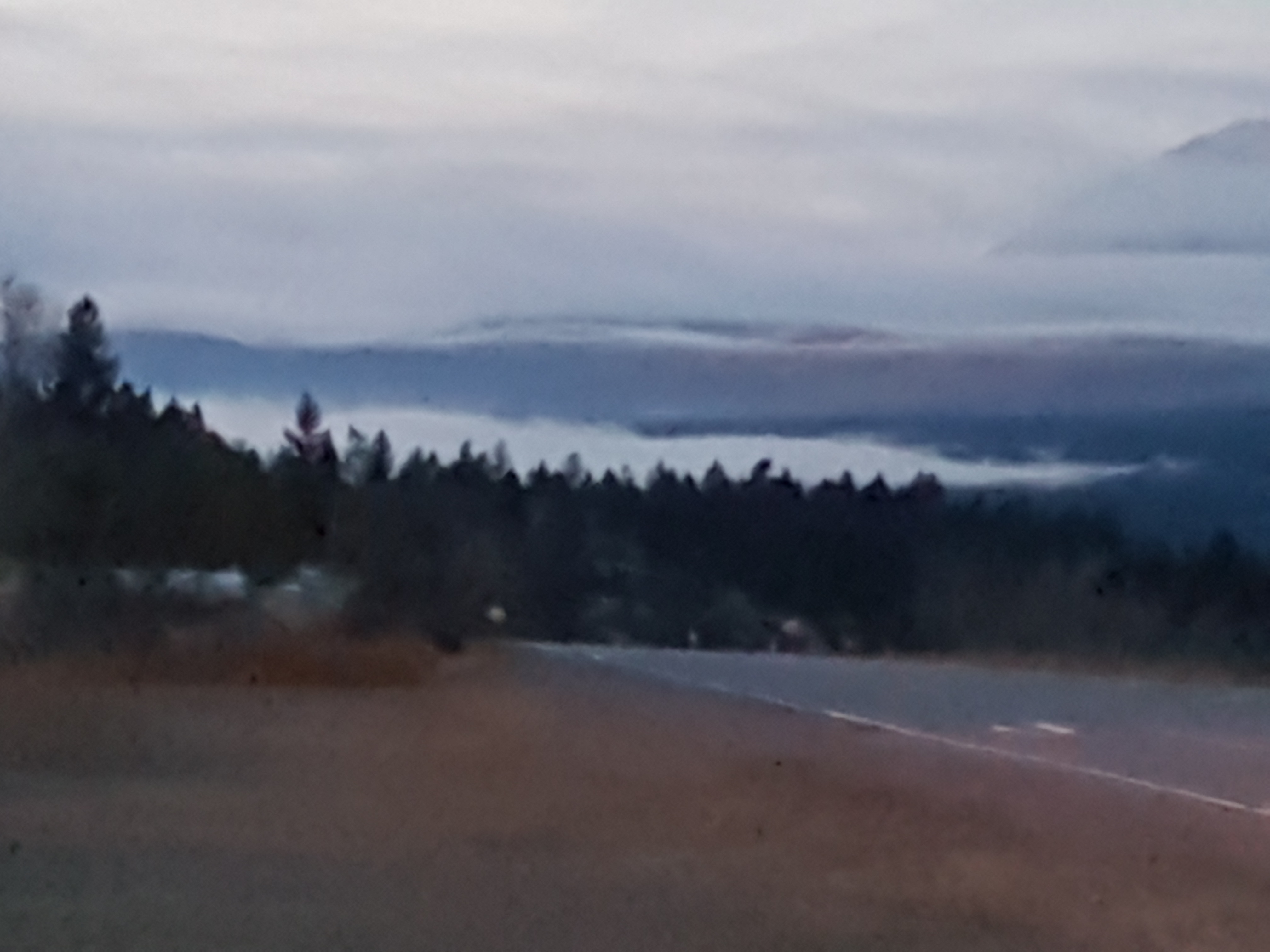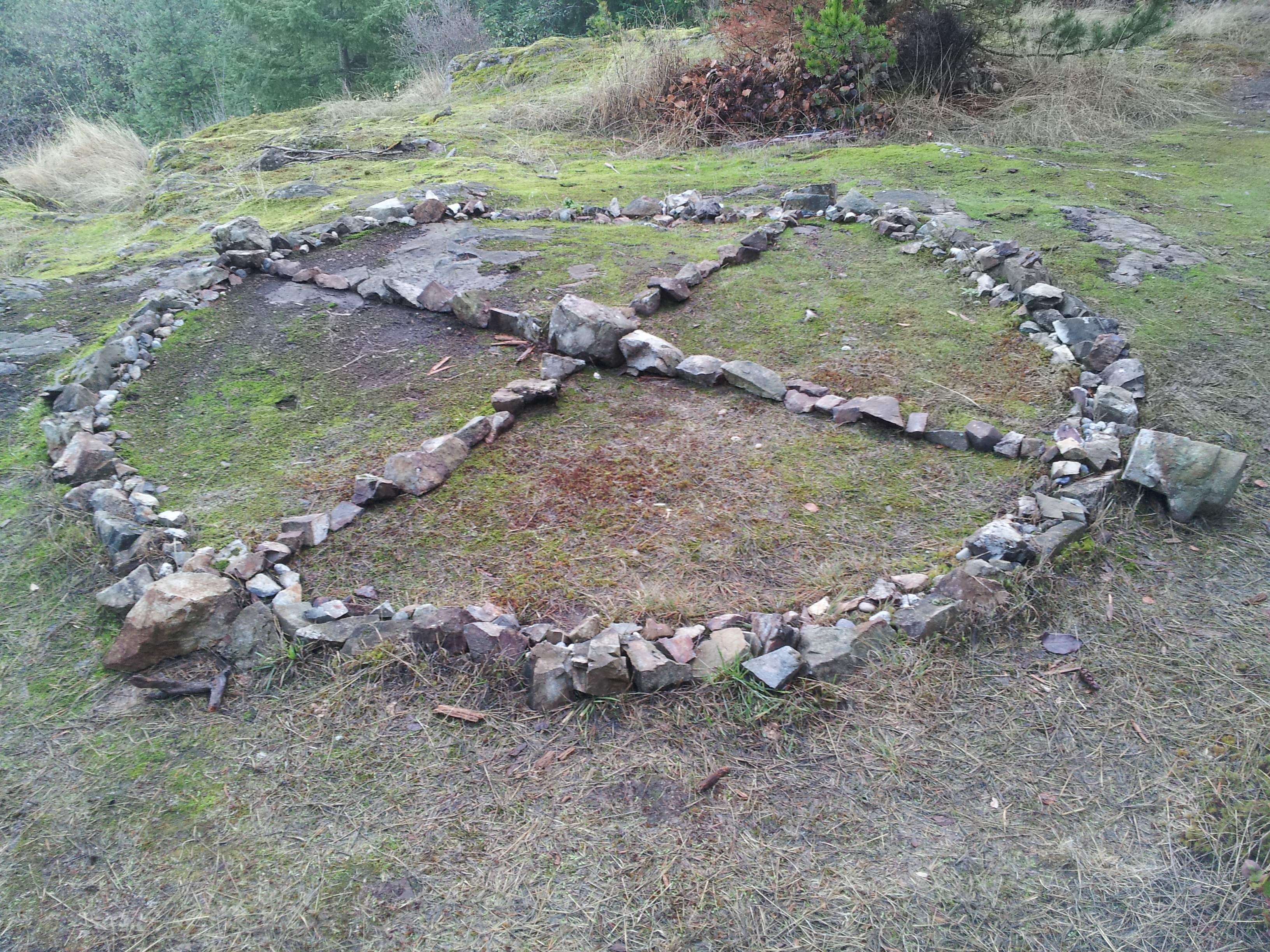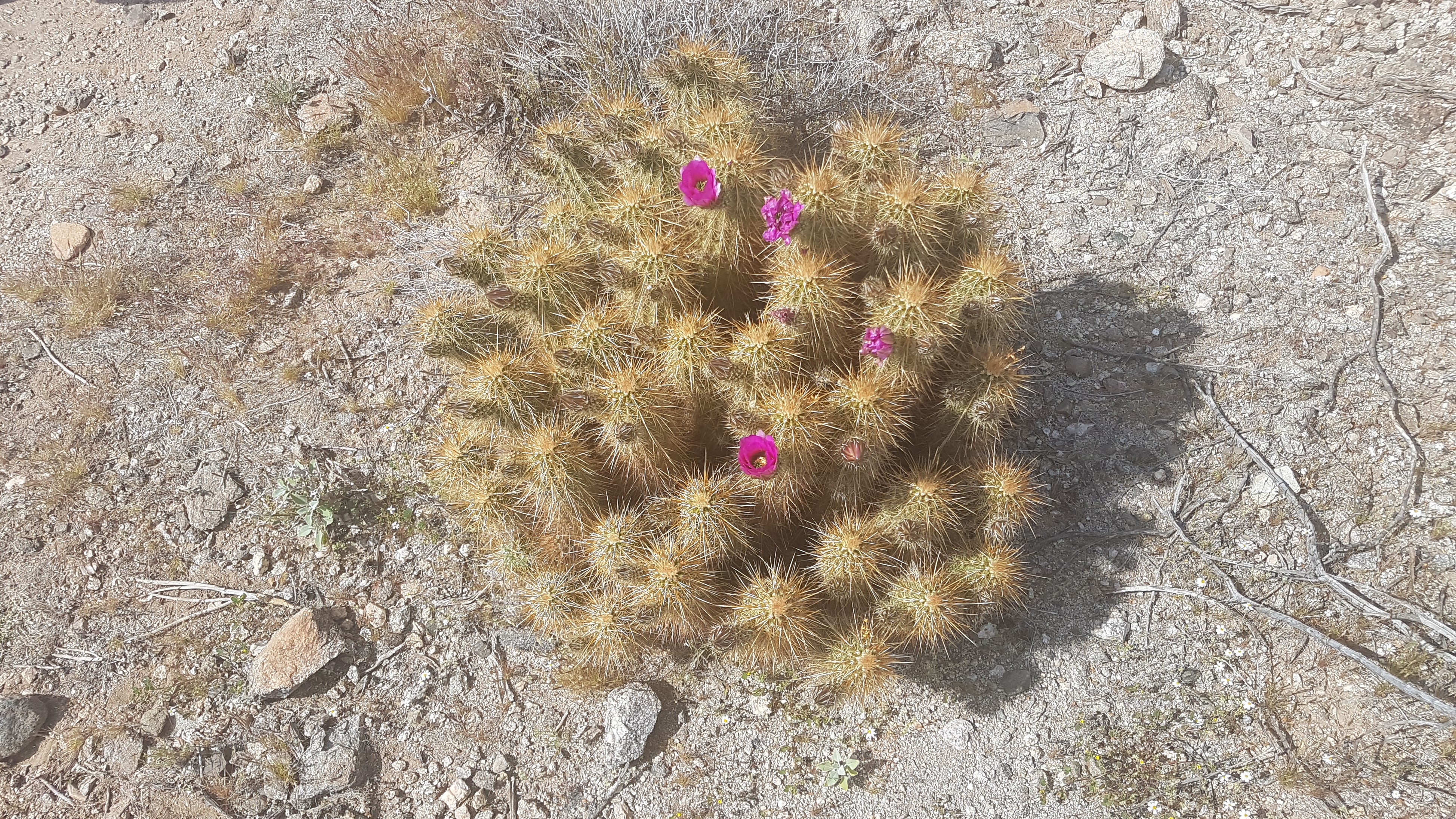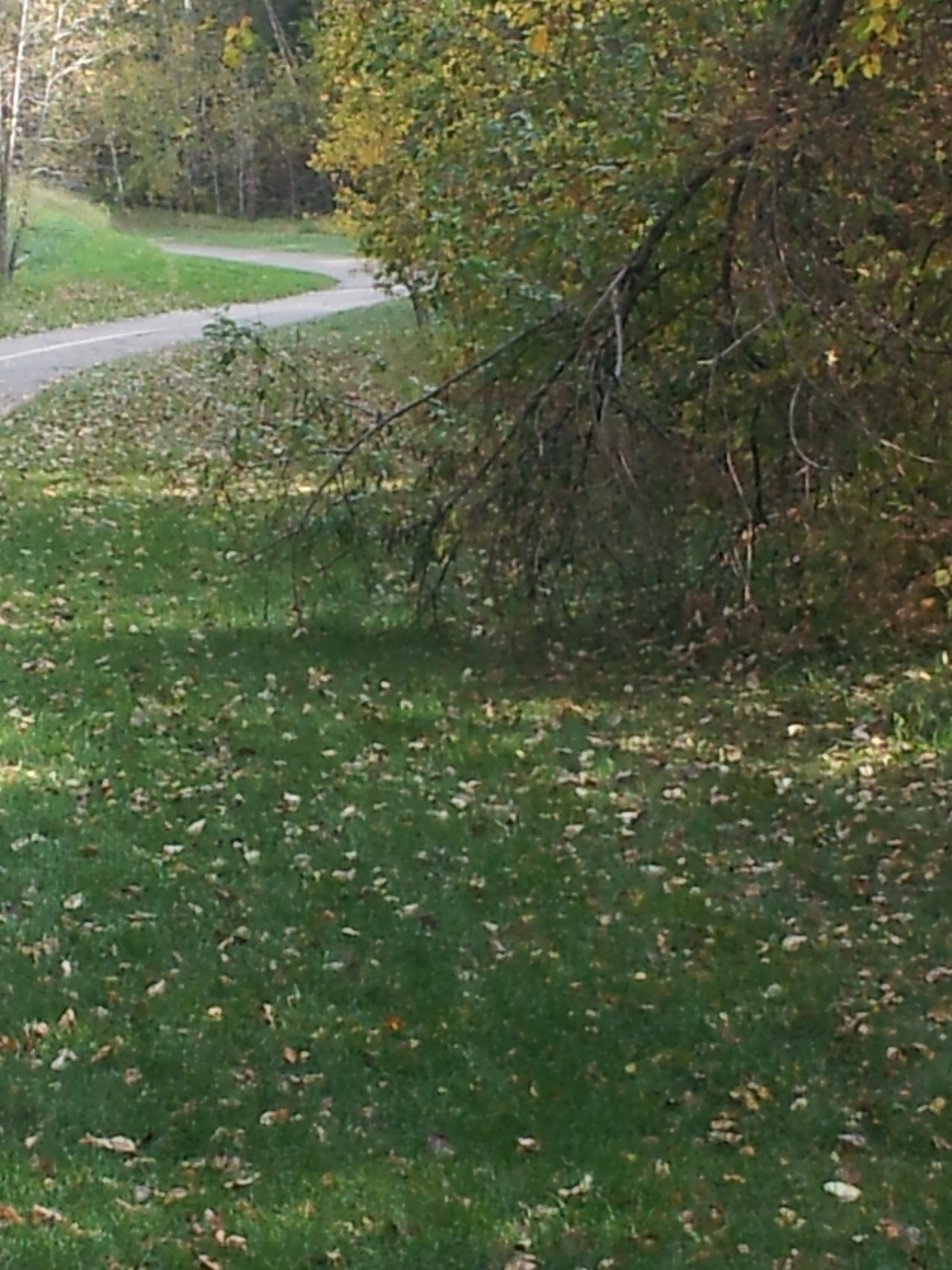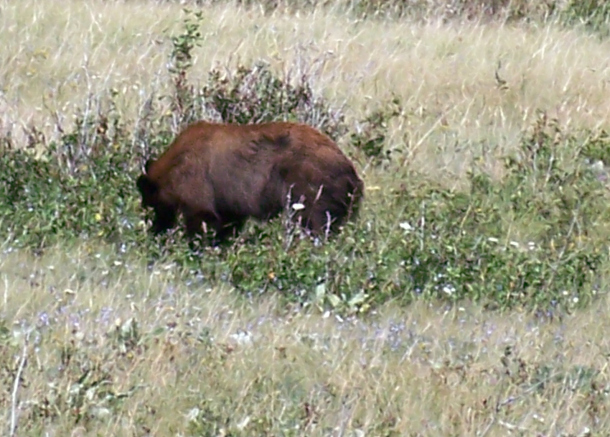
This poem from Danna Faulds is a perfect reminder for what Summer offers. Photo by Pixabay on Pexels.com My wealth is wonder. True abundance is the delight I feel on summer nights as fireflies rise from the grass and Orion strides across the sky. I measure my wealth in birdseed and hummingbird feeders, in the […]
The Real Riches — Find Your Middle Ground
Val shares wonderful posts and often includes poems by Danna Faulds. This particular poem caught my eye with words wonder and abundance. Wonder is about being amazed by the world in unexpected ways. It is about experiencing the extraordinary in the ordinary. Wealth is not about material wealth. It is about feeling whole and well, It is about sharing with others what makes us feel a crumb of joy, as Mary Oliver would say.
In the ordinary moments that reveal their extraorindariness, we discover abundance. There are ineffeable, intangible qualities to abundance understood this way. Despite these qualities, abundance brings joy, which is not to be treated as a crumb per Mary Oliver.
I leave you with a Mary Oliver poem, Don’t Hesitate, which echoes the Danna Fauld poem about where I discover my riches and wealth.
If you suddenly and unexpectedly feel joy,
don’t hesitate. Give in to it. There are plenty
of lives and whole towns destroyed or about
to be. We are not wise, and not very often
kind. And much can never be redeemed.
Still, life has some possibility left. Perhaps this
is its way of fighting back, that sometimes
something happens better than all the riches
or power in the world. It could be anything,
but very likely you notice it in the instant
when love begins. Anyway, that’s often the case.
Anyway, whatever it is, don’t be afraid
of its plenty. Joy is not made to be a crumb.

The last time we were in Pheonix we walked the paths in a local park. We noticed this cactus beginning to bloom the first day and stopped each day to check on its progress. It provided joy and abundance just by sharing with us.
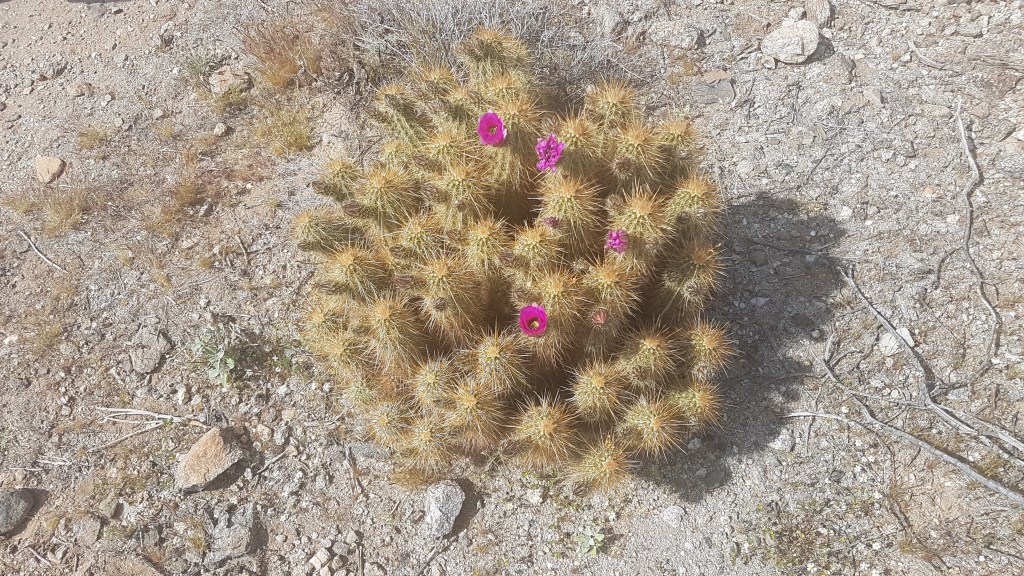
By the last day, it had several flowers. Nature worked its magic.

